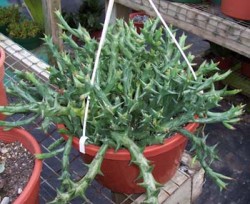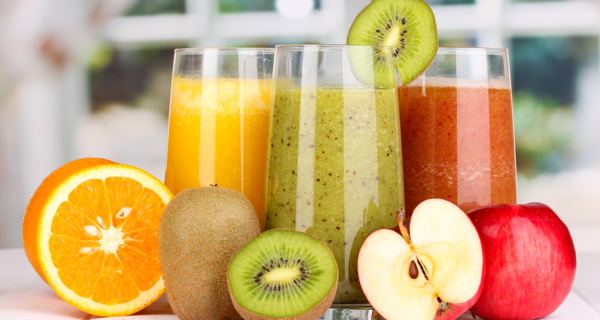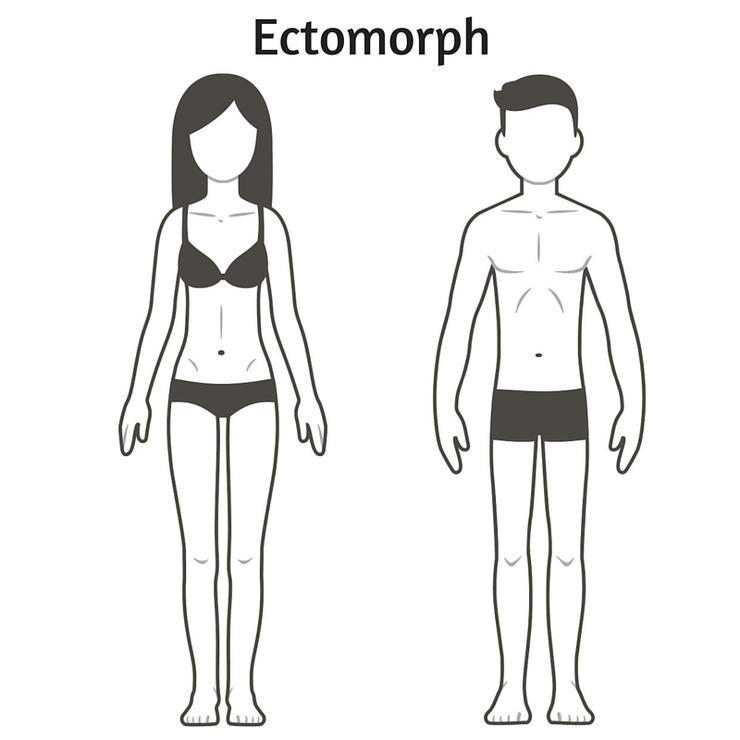Caralluma - Appetite Suppressant
Is Caralluma the next Hoodia?
As we have all heard and I have written here. Hoodia is one of the most popular loss products on the market today even if there is very little research confirming it but in the world of loss anectodal evidence is all that really matters.
Caralluma is the same type of plant, a succulent and many people believe that it will be the next hoodia with some research,however small, showing positive results and people are making some losses. The really nice thing about Caralluma and Hoodia is that they have been used voer thousands of years and we know that in using them in moderation there are no obvious health issues.
What is Caralluma From?

Caralluma fimbriata is a succulent plant, in the cactus family. Where have we heard this before? Hoodia anyone? Caralluma has been used as a natural appetite suppressant in India for centuries. Caralluma is a “new” discovery in the west in the family of cactii and succulent plants that are becoming increasingly popular for their appetite suppressant, and loss properties, as well as their ability to lower blood sugar.
Caralluma Nutritional Supplements?
Supplements made from the popular hoodia gordonii cactus from the Kalahari Desert in Africa, are very popular for loss in the U.S., Canada, and Europe. And now it looks as through Caralluma is going to be the same
Like hoodia, Caralluma Fimbriata has been used to suppress appetite, and as a portable food for the outdoors as opposed to how we in the west have always used dried fruit and dried meat. It is used to suppress hunger and appetite, and enhance endurance throughout India. It is also sometimes considered a “famine food,” used during periods of famine to suppress appetite.
Caralluma Fimbriata is essentially a vegetable of daily use in tribal India. It is eaten in several forms. It is cooked as a regular vegetable with spices and salt. It is used in preserves like chutneys and pickles and is even eaten raw. Indian tribals chew chunks of Caralluma Fimbriata to suppress hunger when on a day’s hunt. This succulent is used amongst the labor classes in South India to suppress appetite and enhance endurance.
Clinical Trials of Caralluma
Two clinical trials of a proprietary Caralluma fimbriata extract (Gencor Pacific, Inc., Austin, TX) found the product to be without any serious side effects.6,11 The extract is described as a powder alcohol and water extract of the shade-dried aerial parts of the plant and containing not less than 10% total saponin glycosides, 3% bitters, and 25% total pregnane glycosides.7 Specific active components are noted to include luteolin-4?-O-neohesperidoside, kaempferol-7-O-neohesperidoside, sitosterol, tomentogenin, and pregnane glycosides, including caratubersides A and B and various boucerosides.
In a double-blind, placebo-controlled, randomized trial on potential -loss effects, the Caralluma extract was administered in gelatin capsules initially to 62 obese subjects, 50 of whom completed the 8-week study. Subjects were of both genders, in normal health, not taking medications, and had not dietary restrictions during the trial.
Reasons why the 12 subjects failed to complete the trial and the dosage used and quantitative results are not found in the summary made available for this report. According to the trial summary, reductions in the indicators of -loss were statistically significant and all adverse effects were gastrointestinal (constipation, moderate acidity, and flatulence), reported by both the placebo and the extract treatments groups, and transient (subsided within 7 days without further incidence).
Successful Caralluma Study
A 4-week, randomized, placebo-controlled trial of Caralluma was conducted in 26 over subjects (7 in the placebo group and 19 in the extract group; 9 men and 15 women ages 31 to 73). The extract was supplied in gelatin capsules at a dosage of one 500-mg capsule 30 min. before each meal.
Subjects were instructed to maintain their previous exercise pattern and food intake and not to make any changes in their diet during 4 weeks before the treatment period, neither of which are described in the publication made available for this report. One male in each of the treatment arms of the trial failed to appear for final assessments; however, the reasons for their absence were not stated in the publication.
The only adverse effects reported were from one subject in the final placebo group (3 males and 3 females) and one in the final extract treatment group who both complained of bloating and acidity shortly after beginning treatment and upon starting treatment again after ceasing. Subsequently, both discontinued the Caralluma capsules.
The trial summary states that over 80% of those in the final treatment group (5 men and 13 women) lost with 11 out of 18 subjects losing approximately 6 pounds. Others lost 1-2 pounds or maintained their starting . The exceptions in the extract group were one woman who lost 8 pounds, another who lost 9 pounds, and one who deviated from the trial instructions by increasing her calorie intake and gained 17 pounds. Three subjects in the placebo group gained a pound and one subject lost one pound.
Will Caralluma become a more popular diet pill?
Take this as you would like but it seems that Caralluma is poised to be one of the new most popular loss products. One thing to watch for in the news is how easily this product will be to grow and produce as there are many companies that can package and market and with few if any side effects there will be very little resistance to a “new” indian loss product Caralluma.
-
Can Twitter Make You Thinner?
Is this the dawn of the Twitter diet? Already, the popular social netw
-
How to Lose Fat With Weights
In the world of fitness, it is common knowledge that losing fat with
-
A Cup Of This Every Morning Will Cleanse Your Blood And Keep Your Weight Down!
A lipid is a common type of naturally-occurring molecule. Several typ
-
Lose Weight And Grow Your Management Consultancy Business - How?
Want to lose weight as a busy Management Consultant, but not sure whe
-
How To Lose Weight And Feel Great Doing It
TIP! You can’t resist french fries, can you? They’ve gotten in t
-
Healthy weight loss
Weight loss: An introduction to a healthier life style Losing w
- DON'T MISS
- Nutritionists Reveal The Most Misguided Weight Loss Advice Theyve Heard
- 10 Healthy Weight Loss Tips To Solve Your Overweight Problems
- Fat Loss 4 Idiots Meal Plans
- Weight Loss Tip #18 – Lose weight by eating ginger
- How To Help Your Weight Loss In Seconds
- How to Diet
- 6 Free Weight Loss Tips And Secrets To Burn Fat
- 6 Bedtime Habits That Help You Lose Weight
- Unconventional Tips On The Best Way To Lose Weight
- Easy Tips to Weight Loss Success





